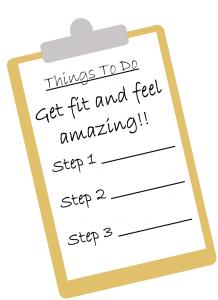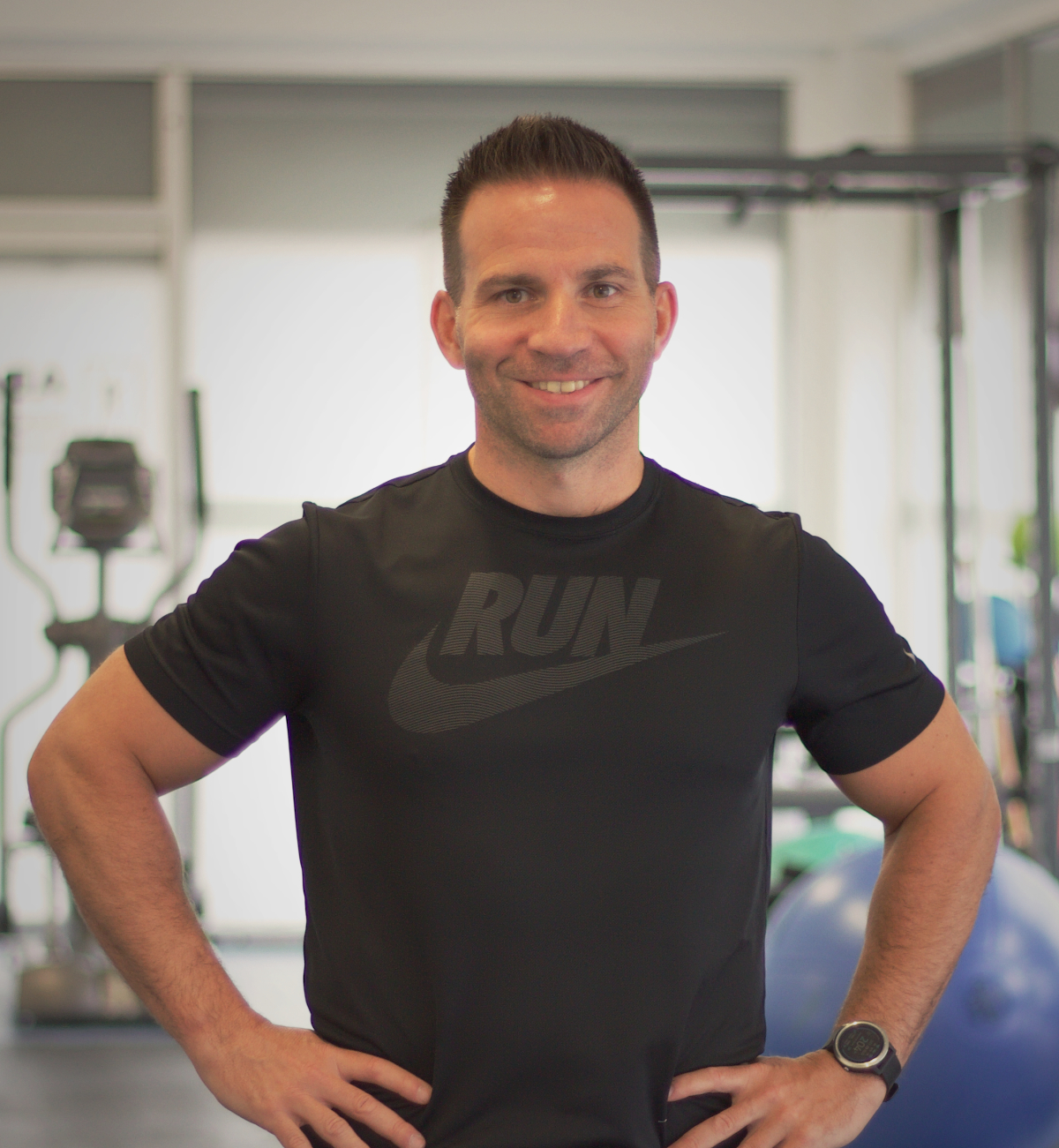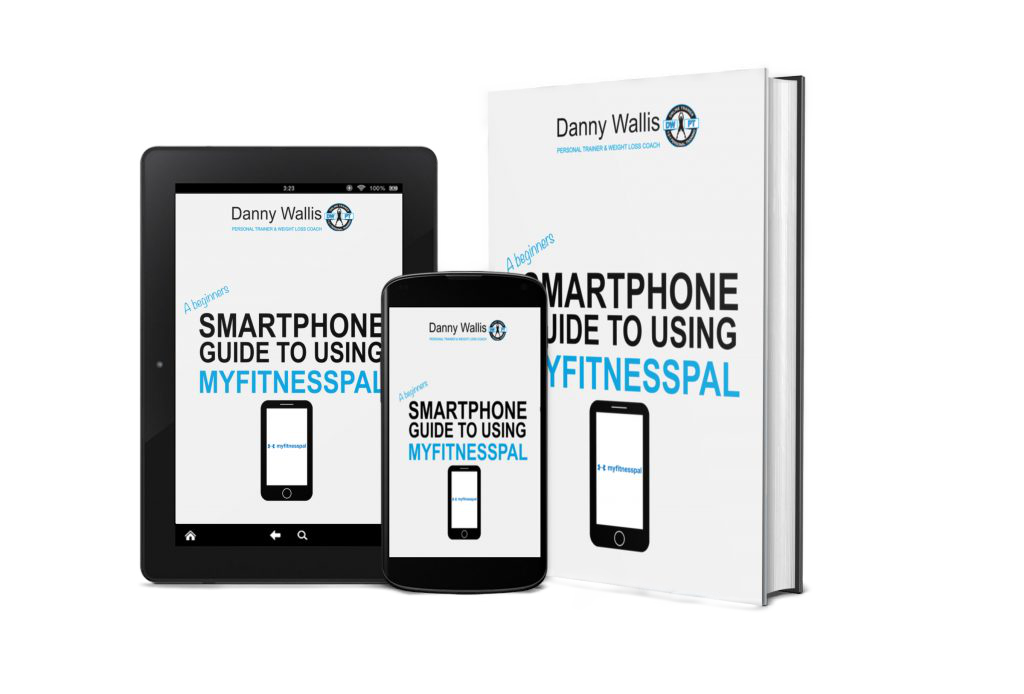September, in some ways, is like the ‘New Year’ for many people. The summer holidays are now over, the kids are back to school and people are beginning to promise themselves a ‘new start’ perhaps after enjoying a cocktail or two (or three…) during their relaxing holiday break.
If a new fitness kick-start is what you are looking for… Look no further! These are my Top Tips for making sure you hit Christmas looking fit and lean, feeling good about yourself.
1. Re-Establish Your Goals
Goal setting is without a doubt the most important place to start. An action without a goal is like a yacht without navigation; It will just roam around aimlessly which is exactly what you will do unless you know what you want to achieve and have a proper connection with WHY you want to reach your objective.
Your goals should be S.M.A.R.T, an acronym which stands for;
- Specific – To establish exactly what you want to achieve
- Measurable – To find a way of recording your progress so you know when you have achieved your goals
- Achievable – This is where you work out HOW exactly you will achieve your desired outcome
- Realistic – Ensure your goal(s) is(are) realistic, not an unachievable fantasy
- Time-bound – State when (exactly) you would like to see the results of your hard work
2. Create A Realistic Plan
 Successful goal setting can be incredibly motivational so after establishing your S.M.A.R.T objectives/goals, it’s now time to create a plan to actually start moving you forward. Successful planning will be the make or break of the overall outcome of your hard work and whether you end up achieving your goals or not.
Successful goal setting can be incredibly motivational so after establishing your S.M.A.R.T objectives/goals, it’s now time to create a plan to actually start moving you forward. Successful planning will be the make or break of the overall outcome of your hard work and whether you end up achieving your goals or not.
For example; If you have decided to increase your exercise, plan ahead what days you wish to exercise, including ‘Start Time’ and ‘Duration’. It’s so easy to get to the end of the week and say “I haven’t had time this week”. You have to prioritise time, prioritise you… This means planning ahead and committing to your agenda.
If you have decided to adjust your diet, create a healthy meal plan for the week and shop ahead of time for the ingredients you will need. If you have decided to cut back on products which contain sugar and alcohol, for example… Stick to your shopping list, try to avoid the aisles which are dedicated to marketing these particular treats – Commit to the change and be strict!
3. Stop Just ‘Knowing’ & Start Actually ‘Doing’
I would guess that if you are reading this blog you probably have at least a mild interest in your fitness and health. Let’s assume we all have a basic knowledge of what’s good and what’s not so good for us as we move forward towards your newly established goals.
We know that alcohol, sugar and convenience foods will make us less healthy, fatter, less fit and, therefore, move us away from what we are trying to achieve. We all know the more we move, the better we will feel and increased exercise will help us shift those few extra pounds which will begin to boost our fitness and improve our health.
So, if this is all common knowledge, why is changing our body shape so damn hard?
My personal observation on this matter is simple – Despite what we know we are all creatures of habit, even if our established habits sabotage the chances of us achieving our new objectives. In reality, we can all quite often be guilty of NOT doing the things we know we really SHOULD be doing.
“I know I should go to the gym, but I’m too tired…” “I know I promised myself a clean diet this week, but I really fancy something sweet…” “I decided on my goals but I just haven’t got around to them yet…” Sound familiar?
Knowing something and actually physically doing something pro-active to achieve what you have based your goals upon is actually a lot harder than it would initially seem.
4. Addressing Habits
My suggestion on addressing this little conundrum would be to start your new plan with your habits in mind first. Make a list of your ‘good’ habits which are already leading you towards your goals. For example; You could be someone who exercises regularly or already has a healthy diet.
Next, think of the habits you have which will lead you away from your goals. For example; These could be comfort eating, lack of planning for food or exercise, laziness or drinking too much alcohol – The idea is over time to convert the bad habits into good ones and make the ‘good’ list longer and the ‘bad’ one shorter.
Getting Started
To get started, pick one ‘bad’ habit and plan to change the behaviours surrounding that particular habit from negative to positive by converting it to a ‘good’ habit for an entire week. For example; You could take the ‘bad’ habit of drinking too much alcohol and turn it into a ‘good’ one by planning to limit your alcohol intake to a specified amount of units for the week.
Once you have successfully completed the habit for a full week, add your new achievement to your ‘good’ list. It takes 28 days to create a new habit so you are going to have to work hard to maintain your new behaviour, however, the challenge doesn’t stop there. On week 2, add a second new habit to work on and continue this process for four weeks.
Moving Forward
Within a month, you will have successfully changed four of your negative habits and behaviours which will not just help you achieve your goals, but will change the way your live your life. You can keep going with this principle for as long as you wish.
Please just bear in mind the success of consistently maintaining your newly formed habits is more important than simply starting new ones each week. You will be much more likely to lose the motivation to keep your new habits going because, in practice, you have taken on too much.
Proven Results
My business partner and I have designed and run Weight Management courses based on this principle of adjusting habits with fantastic results. During one of our courses, we had a small group of 6 people booked in for our 6 week course. Collectively they lost nearly four feet (120cm) in circumference of measured fat lost off their bodies and just under 4 stones (56lbs) of fat. It’s simple, it is effective and it works.
We are products of our learned experiences and the habits we have created based on those learnings. It’s highly probable that when a person becomes ‘unfit’ and ‘over weight’, it’s their behavioural patterns which lead them there in the first place.
Set your goals, create a realistic plan and begin positively adjusting your behaviours to make your new goals not just a reality, but a way of life.
If you have a question or would like to share your experiences, I would love to hear from you. Please leave a message in the comment section below and I will be happy to help. If you enjoyed this article please click my subscribe button for regular post updates sent direct to your email. It’s FREE!


